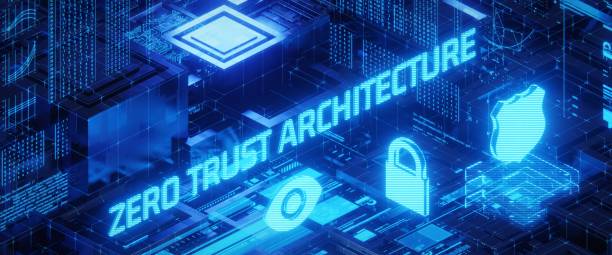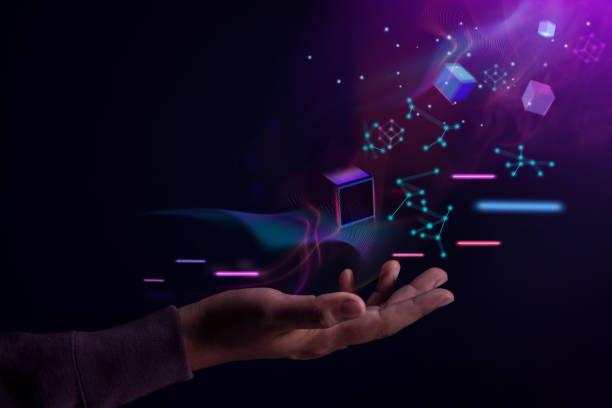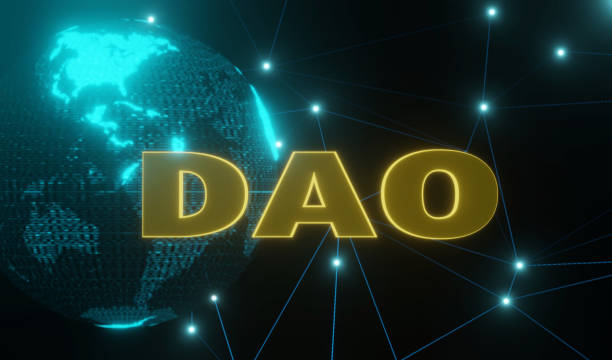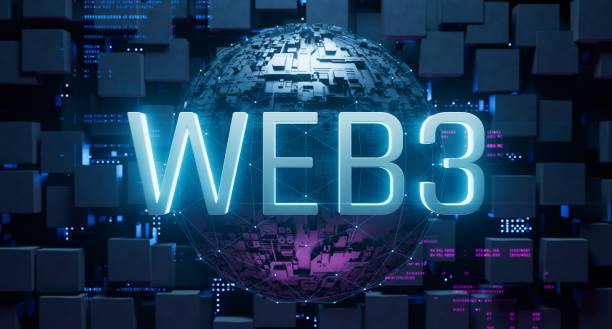We're moving towards a new era, where the internet is not just a platform for social media, online shopping, and entertainment. It's also becoming a place for decentralized finance, ownership, and control over our data. Yes, I'm talking about Web3, the new decentralized internet. In this article, we'll explore the concept of a secure, trustless Web3 environment and how we can achieve it.
Understanding Web3
Web3, in a nutshell, is the future of the internet. It's a new way of building and using online applications that are decentralized, meaning they're not controlled by any one person or organization. This is made possible through the use of blockchain technology, which you may have heard of in relation to cryptocurrencies like Bitcoin.

In a Web3 world, applications are built on top of blockchain technology, and they're powered by smart contracts. These are essentially self-executing pieces of code that allow for trustless interactions between parties. In Web3, trustless means that we don't need to rely on any central authority to validate transactions or manage our data. Instead, we rely on smart contracts, cryptography, and consensus algorithms to ensure that everything is secure and transparent.
Security threats
Of course, with any new technology, there are bound to be security threats. In the case of Web3, some of the biggest threats come from hackers, fraudsters, and phishing attacks. Since Web3 applications deal with valuable assets like cryptocurrency, they're a prime target for these bad actors.

But how can we trust this new decentralized internet? How can we make sure that our data is secure, that our transactions are safe, and that our online identities are protected?
One of the best ways to protect yourself in a Web3 environment is to ensure that you're using secure wallets and exchanges. Don't just go for the first one you come across – do your research and find a reputable provider. Additionally, make sure you're keeping your private keys safe and secure since they're essentially the keys to your digital kingdom.

So, how do we build a secure, trustless Web3 environment?
It's not an easy task, but here are some of the key principles that we need to follow:
- Decentralization: Decentralization is at the core of Web3. We need to build decentralized networks that are resistant to censorship and control by any single entity. This means that we need to ensure that no single party has too much power over the network.
- Openness: Web3 should be open to everyone, regardless of their location, background, or financial status. It should be a platform that is accessible to everyone, without any gatekeepers or barriers to entry.
- Transparency: In a trustless environment, transparency is essential. We need to ensure that all transactions are visible to everyone on the network and that there is no hidden or opaque behavior.
- Security: Of course, security is critical. We need to ensure that all transactions and data are encrypted and protected from any malicious actors or attacks.
- User-centric design: Finally, we need to design Web3 with the user in mind. It should be easy to use, intuitive, and accessible to everyone, regardless of their technical expertise.

Now, let's look at some of the technologies that can help us achieve these principles:
- Blockchain: Blockchain is the foundational technology of Web3. It's a decentralized, immutable ledger that ensures the integrity and transparency of all transactions on the network.
- Smart contracts: Smart contracts are self-executing contracts that enforce the terms and conditions of a transaction. They ensure that all parties follow the rules and that the transaction is completed successfully.
- Cryptography: Cryptography is the science of secure communication. In Web3, we rely on cryptography to ensure that all data and transactions are encrypted and protected from any unauthorized access.
- Consensus algorithms: Consensus algorithms are used to ensure that all nodes on the network agree on the state of the ledger. They ensure that all transactions are validated and that the network is secure and decentralized.
- Decentralized storage: Decentralized storage solutions ensure that all data on the network is distributed and replicated across multiple nodes. This ensures that data is always available, even in the event of a node failure or network disruption.

By combining these technologies, we can build a Web3 environment that is secure, transparent, and trustless. We can create a platform where users have complete control over their data and transactions, and where they can interact with each other directly, without the need for intermediaries.
But building a trustless Web3 environment is not just about technology. It's also about creating a culture of trust and collaboration. We need to foster a community where everyone is committed to transparency, openness, and security. We need to create a network where people can trust each other, even if they don't know each other personally.

One way to achieve this is through governance. Governance is the process of making decisions about the rules and policies that govern the network. In a trustless environment, governance needs to be decentralized and transparent. It needs to be accessible to everyone on the network, and everyone should have a say in how the network is run.
By using governance mechanisms like token voting or decentralized autonomous organizations (DAOs), we can create a system where everyone on the network has a voice. We can ensure that decisions are made in a transparent and democratic way and that everyone is held accountable for their actions.

Another way to create a culture of trust is through education. We need to educate people about the benefits of Web3 and how it can help them take control of their data and finances. We need to teach people about the risks and how to protect themselves from scams and malicious actors.
Finally, we need to build bridges between the Web3 world and the traditional Web. We need to create interfaces that are user-friendly and accessible to everyone, regardless of their technical expertise. We need to make it easy for people to transition from the traditional web to the decentralized web, without feeling overwhelmed or intimidated.
In conclusion, building a secure, trustless Web3 environment is a complex task, but it's also an exciting opportunity to create a more decentralized, transparent, and equitable Internet. By following the principles, we can create a platform where users have complete control over their data and transactions, and where they can interact with each other directly, without the need for intermediaries.

But, if we can achieve this, we can create a new era of the internet, where individuals have greater ownership and control over their data and transactions, and where trust is built into the very fabric of the network. So, let's roll up our sleeves and get to work building the Web3 future that we all deserve.
Thanks for reading. Stay awesome, Stay Inspired, and Stay true to yourself.




1